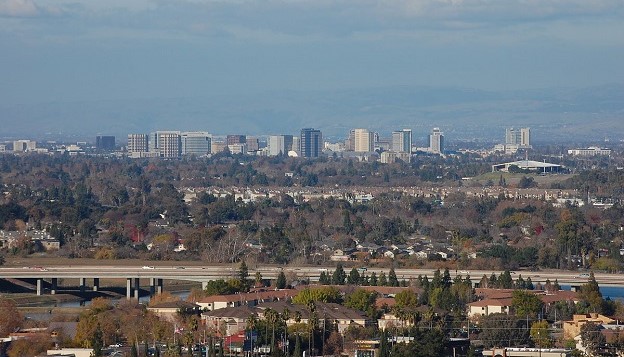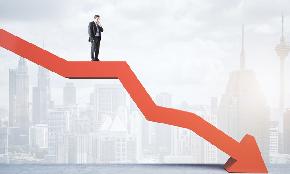 San Jose’s suburb of Santa Clara, a burgeoning tech market, led the nation in absorption during the third quarter.
San Jose’s suburb of Santa Clara, a burgeoning tech market, led the nation in absorption during the third quarter.
CHICAGO—The US office market was relatively stable in the third quarter, and in many of the most active cities, the tech sector supplied the fuel, according to a new report from Cushman & Wakefield. Although dozens of markets across the US saw some negative absorption, that was off-set by big gains for top tech cities such as Santa Clara, CA, Brooklyn, Seattle Raleigh/Durham, and San Diego. Each recorded more than one million square feet of positive absorption in the first three quarters of 2017, with Santa Clara reaching nearly 3.4 million.
“We were thinking last year that the tech sector was slowing down a bit, but it came roaring back this year,” Ken McCarthy, C&W’s principal economist, tells GlobeSt.com. “Overall, the tech sector continues to play an important role, both in the national economy, and the real estate market.”
But he emphasizes that there has been a lot of “ebb and flow” within the office market, and he expects that will continue. The US office sector should see growth over the next year, for example, but much of it will probably come from Sun Belt markets such as Atlanta, Phoenix, and Florida, places that may not be tech-centric, but are expected to see a solid amount of job growth and in-migration. In short, tech will be important in the future, but it’s also not magic.
There are some signs that the office sector’s expansion has slowed. In the third quarter, “there were more individual markets with negative absorption than we’ve seen in quite some time,” says McCarthy. Cushman & Wakefield tracks 87 US markets, and 27 posted a combined 5.3 million square feet of negative absorption. That was a third more than the negative 3.4 million square feet recorded in the second quarter.
Still, spread out over so many markets, that amount of negative absorption is “not very dramatic.” And from a national perspective, “we’ve seen nothing but positive absorption since early 2010; that will continue, but at a slightly slower pace.”
The current construction boom will also continue, and that could eventually push up the national vacancy rate. That rate crept up from 13.2% in the second quarter to 13.3% in the third quarter. One year ago, it had hit a cyclical low of 13.1%.
Developers have about 104 million square feet of new office space underway in those 87 markets, C&W reports. That is the sixth consecutive quarter with a pipeline of more than 100 million square feet.
More than 31 million square feet is underway in just five markets: Midtown Manhattan; Dallas/Fort Worth; Washington, DC; San Francisco; and Boston. And the top 12 markets have a total of 55.9 million square feet in the pipeline. “Not only does that represent 54% of the total US development pipeline, it also represents 3.6% of the total inventory in these markets,” McCarthy says.
However, it’s positive that so much of this activity “is taking place in the very healthy markets,” as it makes it quite likely it will be absorbed. “We don’t look for any major stress.”

















 Copyright © 2024 ALM Global, LLC. All Rights Reserved.
Copyright © 2024 ALM Global, LLC. All Rights Reserved.